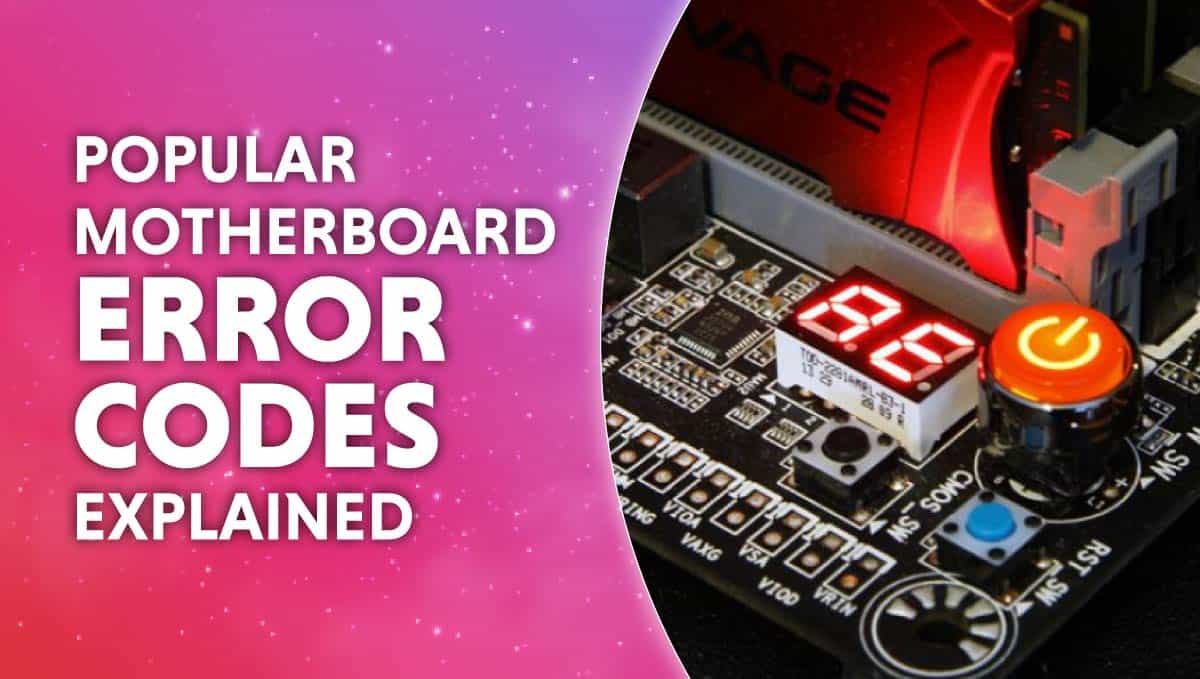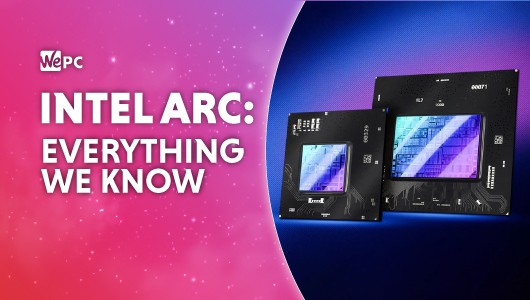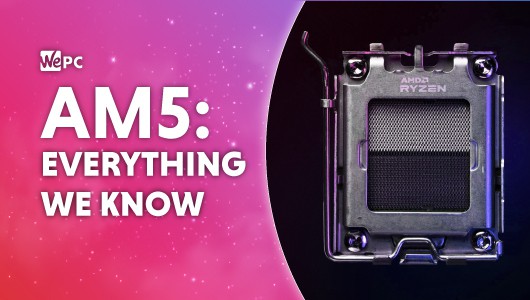Jack has been interested in computers and tech since 10 years old when he decided to dismantle his PC to see how it worked. Ever since Jack has had a passion for IT and gaming beyond any other. He loves the data and testing process and allowing himself to take an analytical and technical approach to PC hardware. He's even gone as far as getting educated in cyber security.
WePC is reader-supported. When you buy through links on our site, we may earn an affiliate commission. Learn more
Last Updated:
Modern high-end motherboards are often fitted with a Q-Code (error code) display, it’s only job is to display error codes throughout the booting process of the PC. You may notice if you have a Q-Code display, that the display cycles through error codes rapidly before it settles on the manufacturer defined “all good” code when your system finally boots.
The trouble with Q-Code displays is that there’s nothing to explain what the fault actually is or how you fix it. So we’ve decided to put together a list of commonly encountered Q-Codes for all the popular PC brands and supply some information about them.
If you’re in the market for a new motherboard, we have a few articles here that could help you decide on one.
Where is the Q-Code display on my motherboard?
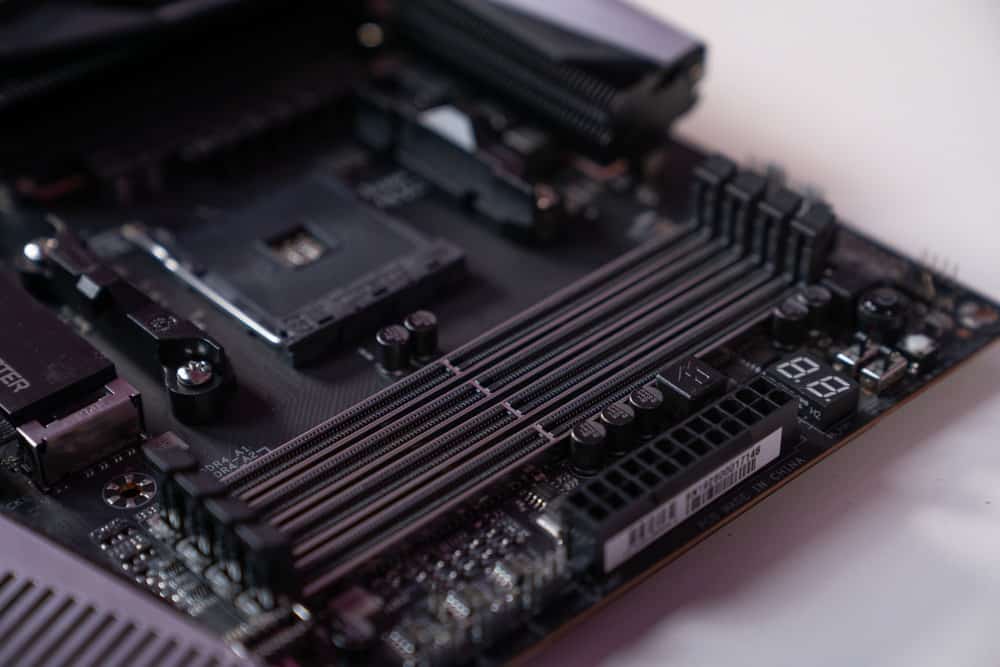
It’s pretty hard to miss and is usually located somewhere in the top right corner of the motherboard itself. Not all motherboards have Q-Code displays, however, and some resort to beeps or single lights to display errors.
If your motherboard does not have a Q-Code display, look to the right middle of the motherboard and there may be a cluster of four lights labeled CPU, DRAM, BOOT, and VGA. These are also methods of showing errors. If your PC doesn’t boot, consult these four lights whilst the PC is trying to boot.
How do motherboard error codes work?
All motherboard Q-Codes are displayed on a designated motherboard Q-Code display, capable of displaying one number and one letter at any time.
The issue is that these displays on their own aren’t very intelligent and just cycle through codes based on the current state of the system or the current stage in the booting process. If there happens to be a problem, the Q-code screen will stop cycling and display the current code, hopefully giving you an indication of what went wrong.
The idea is you would then take the error code and, using the motherboard manual or the internet, research what that code meant. The idea is that error codes are far easier than taking stabs in the dark and using trial and error to diagnose faulty PCs.
This would be true if there was some kind of comprehensive guide around motherboard error codes, and that guide told you how to fix them … Well, we have you covered.
Common ASUS motherboard error codes
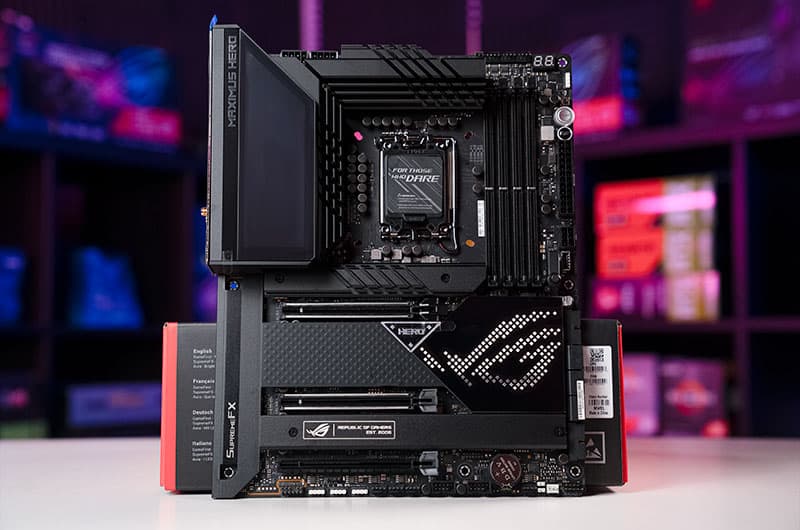
Thankfully, a website exists dedicated to finding ASUS fault codes. Tap your code into ASUSQCode and get answers in seconds.
The most common ASUS Q-Codes are A2, 55, 99, 80, 76, 40, and 62.
- A2 – IDE detects: Try to attach ONLY the drive you have/want to install the OS to and make sure the boot order is properly configured inside the BIOS.
- 55 – Memory not installed: you need to Install the memory, if the memory is installed ensure it is so properly, or try other memory slots if you’re sure the memory is properly installed and the fault still persists.
- 99 – Super IO Initialization: This may be due to various reasons. This could be a defective BIOS or faulty motherboard, this also could be due to GPU error. Try to run the PC off integrated graphics or another GPU/GPU slot. In the first case, try to flash the BIOS to the latest version. If none of these fixes work, consider the possibility the motherboard may be faulty.
- 80 – Problem with AI Suite software: Try to uninstall the AI suite software in safe mode, or roll back any changes you made prior to the fault code.
- 76 – PCH DXE Initialization (PCH module specific): It’s possible a USB device is causing a problem, try disconnecting USB devices one at a time, rebooting each time, to determine the problemed device. When the device has been located, plug it in after Windows boots and reinstall its drivers.
- 40 – System is waking up from S4 Sleep State: This is because you have configured Fast Boot/Fast Start on Windows 10/11. Try to disable Fast Boot/Fast Start, resulting in a full shutdown instead of the S4 Hybrid state.
- 62 – Installation of PCH Runtime Services: This is probably a GPU error, try plugging your monitor into your onboard motherboard IO and using integrated graphics. If the fault disappears try using another PCIe slot on your motherboard for your GPU. If the fault returns in either slot on the GPU it’s the GPU at fault, if the fault returns on one slot then it’s the PCIe slot. An alternate method is clearing the CMOS and updating the BIOS.
Common MSI motherboard error codes
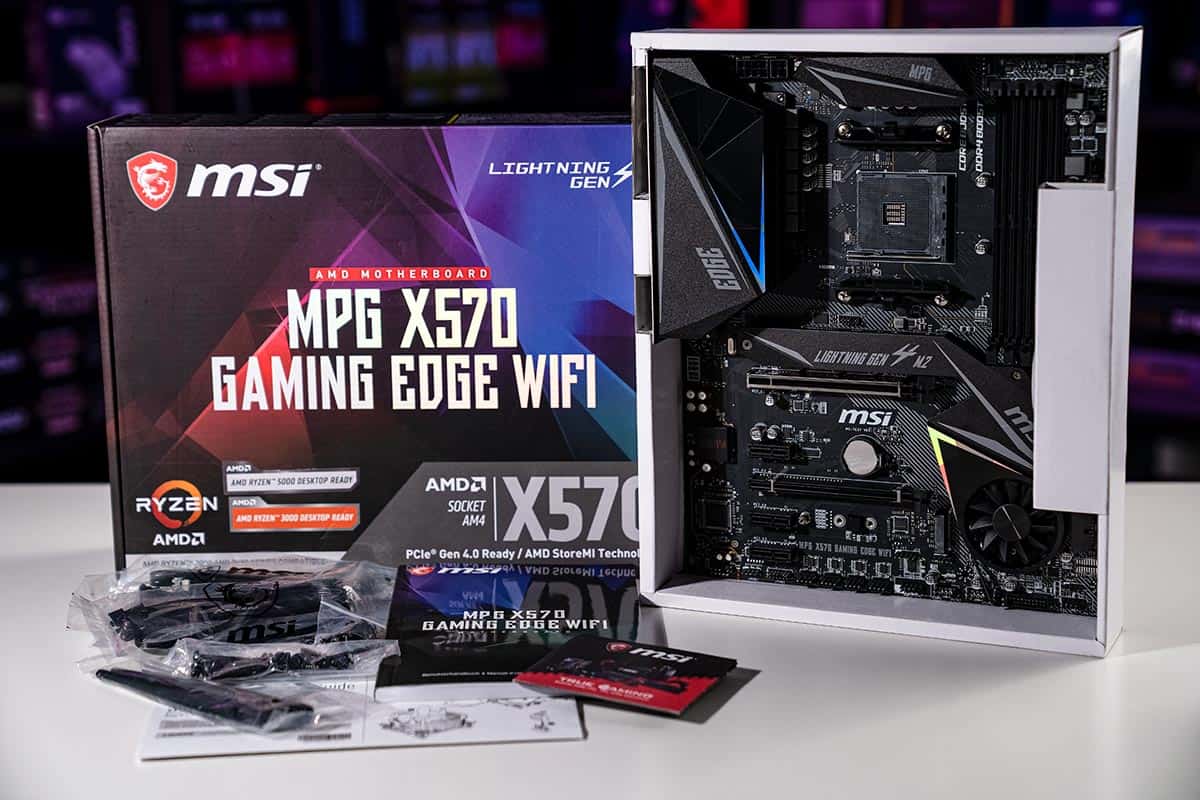
There’s no website built specifically for MSI fault codes, but there is a dump of ALL fault codes that can be found on MSI motherboards over on the MSI forums. Check it out if you can’t find your fault here.
The most common MSI Q-Codes seem to be 90, 0D, 92, A2, D0, and 40.
- 90 – Boot Device Selection (BDS) phase is started: This error can indicate that you have a dead CPU or damaged socket. Check for socket damage and try another CPU if you have one. You can also try the same CPU on another motherboard, if the fault persists try a different boot device. If none of those solutions offer any answer it may be time to replace your CPU.
- 0D – Reserved for future AMI SEC error codes: This error is very descriptive, but it can refer to RAM, GPU, CPU, and a whole host of other components. This error can usually be fixed by updating the BIOS using the BIOS flash utility when the PC is off.
- 92 – PCI bus initialization: This is a GPU fault, and fixing it can be as simple as reseating the Graphics card and making sure it’s connected correctly to the motherboard. If that fails, try onboard graphics and see if the fault persists. If it doesn’t, try connecting your GPU to another system or a different PCIe slot.
- A2 – IDE detects: Try to attach ONLY the drive you have/want to install the OS to and make sure the boot order is properly configured inside the BIOS.
- D0 – CPU initialization error: This usually indicates a problem with the CPU or socket, check the socket and CPU aren’t damaged and make sure the CPU is seated correctly. If the fault persists, try flashing your BIOS to the latest version and clearing the CMOS. If nothing helps then your CPU may be dead.
- 40 – System is waking up from S4 Sleep State: This is because you have configured Fast Boot/Fast Start on Windows 10/11. Try to disable Fast Boot/Fast Start, resulting in a full shutdown instead of the S4 Hybrid state.
Common Gigabyte motherboard error codes
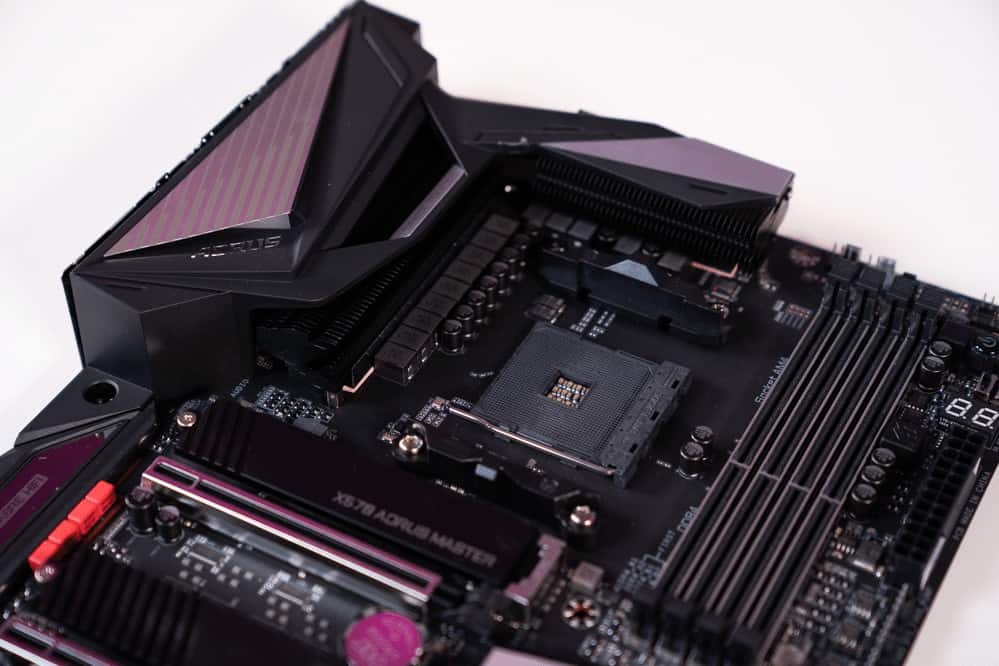
There’s again no website dedicated to finding Gigabyte fault codes like there is for Asus, but we have put together a list of the most common Q-Codes on Gigabyte motherboards.
The most common Gigabyte Q-Codes seem to be AB, 27, 70, D0, 03, and DB.
- AB – Wait for user command in BIOS Setup: This Q-Code isn’t really an error, more of a notification. Your PC should still be fully functional even while displaying this code. Boot into your motherboard BIOS and the BIOS will then notify you of what’s causing the code automatically. This code occurs most often after a BIOS reset or update.
- 27 – Unspecified memory fault: This usually indicates a problem with the PC’s RAM, as it falls between Q-Codes 19 and 31 which specify memory faults. The best thing to do is to reseat your RAM and check it’s installed correctly, if that doesn’t work, try your RAM in another system. If the RAM works in another system, try a BIOS update and clear the CMOS.
- 70 – PCH DXE Initialization: It’s possible a USB device is causing a problem, try disconnecting USB devices one at a time, rebooting each time, to determine the problemed device. When the device has been located, plug it in after Windows boots and reinstall its drivers.
- D0 – CPU initialization error: This usually indicates a problem with the CPU or socket, check the socket and CPU aren’t damaged and make sure the CPU is seated correctly. If the fault persists, try flashing your BIOS to the latest version and clearing the CMOS. If nothing helps then your CPU may be dead.
- 03 – Unspecified in manuals: (the system is waking from an S3 sleep state): simply put, the system is fully usable and stable, the 03 error code is just a notification to let you know that your system successfully woke from an S3 sleep state.
- DB – Flash update is failed: This is caused by the BIOS Q-Flash failing to apply, your best bet is to re-download the BIOS update and reformat the USB stick you’re trying to flash the BIOS with. The motherboard won’t let you apply an improper BIOS so don’t worry about that
How to find a fault from a fault code
As you can see, there are more than a few common Q-Codes for each motherboard.
If your fault isn’t listed specifically in your motherboard manual, the trick to finding your fault is deciphering what bracket your fault fits into. For example, RAM faults usually fall between 19 and 31 on most motherboards, unless specified by a letter. So if your motherboard throws a 22 Q-Code, the first place we would tell you to look is at the RAM.
For ‘unspecified’ or ‘reserved for future use’ codes, you’re best off doing a specific search for that code online.
Final word
Motherboards come in all shapes and sizes, and so do their faults. That’s why a lot of high-end motherboards are now fitted with a Q-Code display to give us an idea of what’s going wrong with our PC. Finding the exact cause and fix can be tricky from just code, so we outlined the most common codes for each motherboard here. We hope you enjoyed our motherboard error codes explained article.

